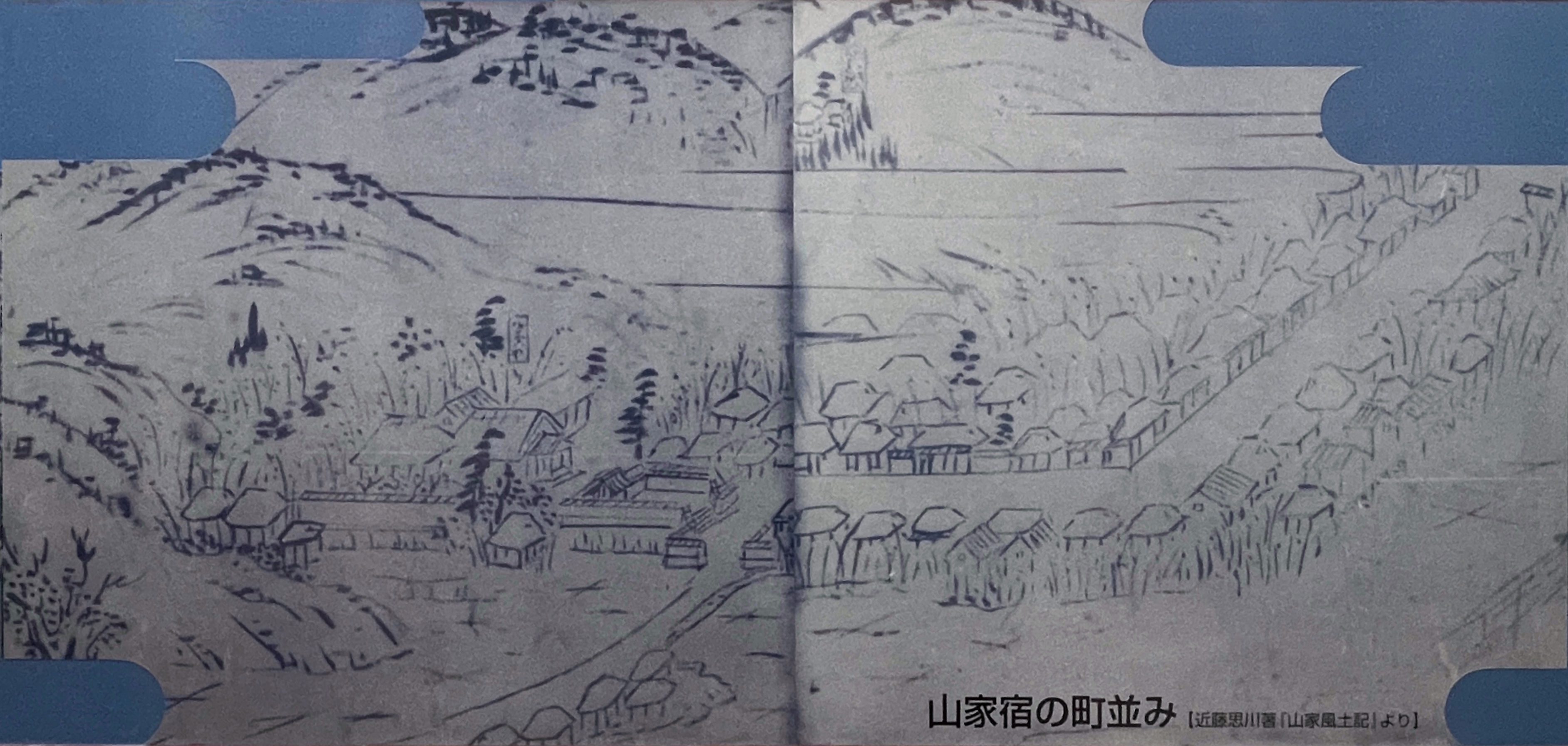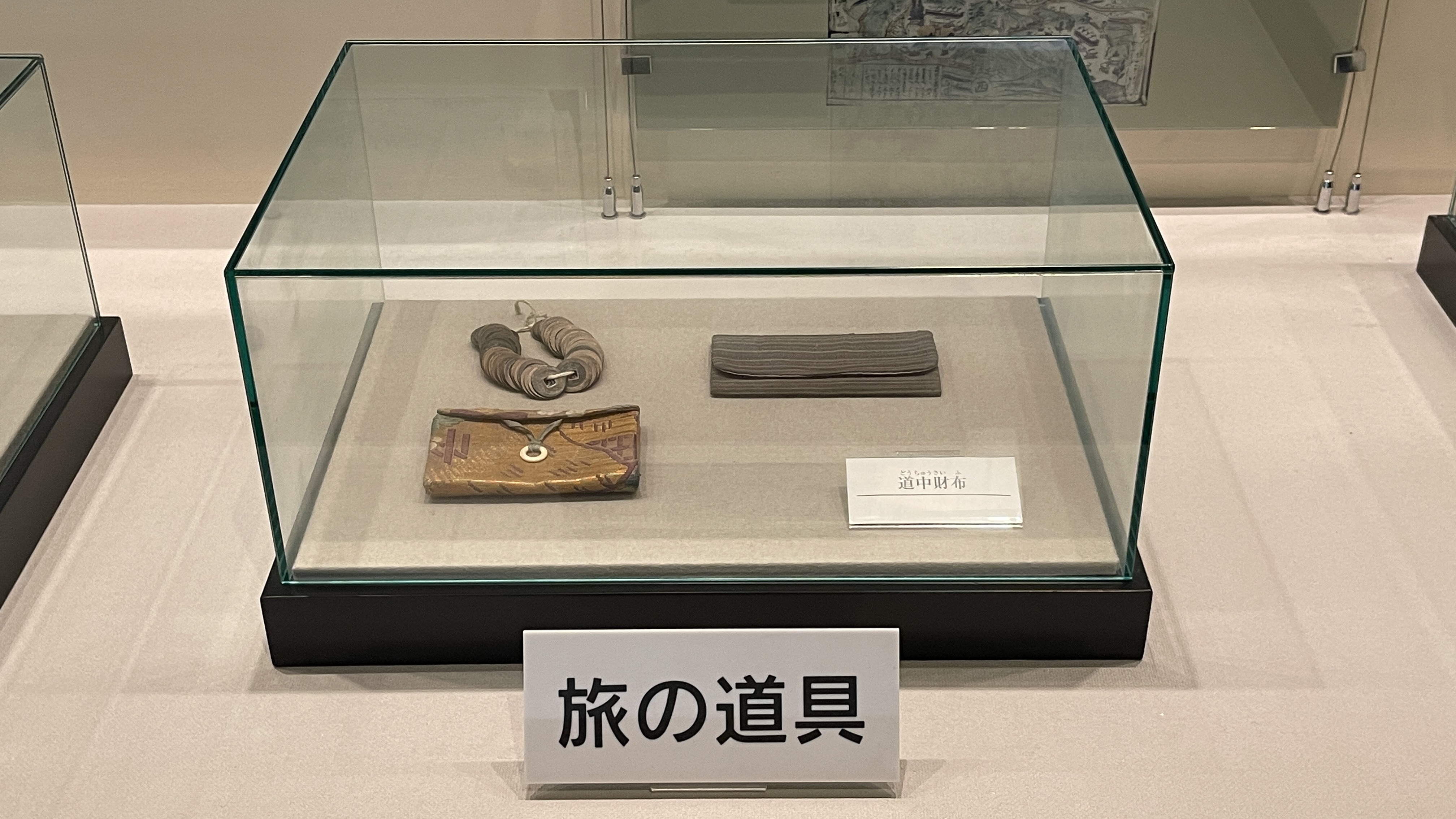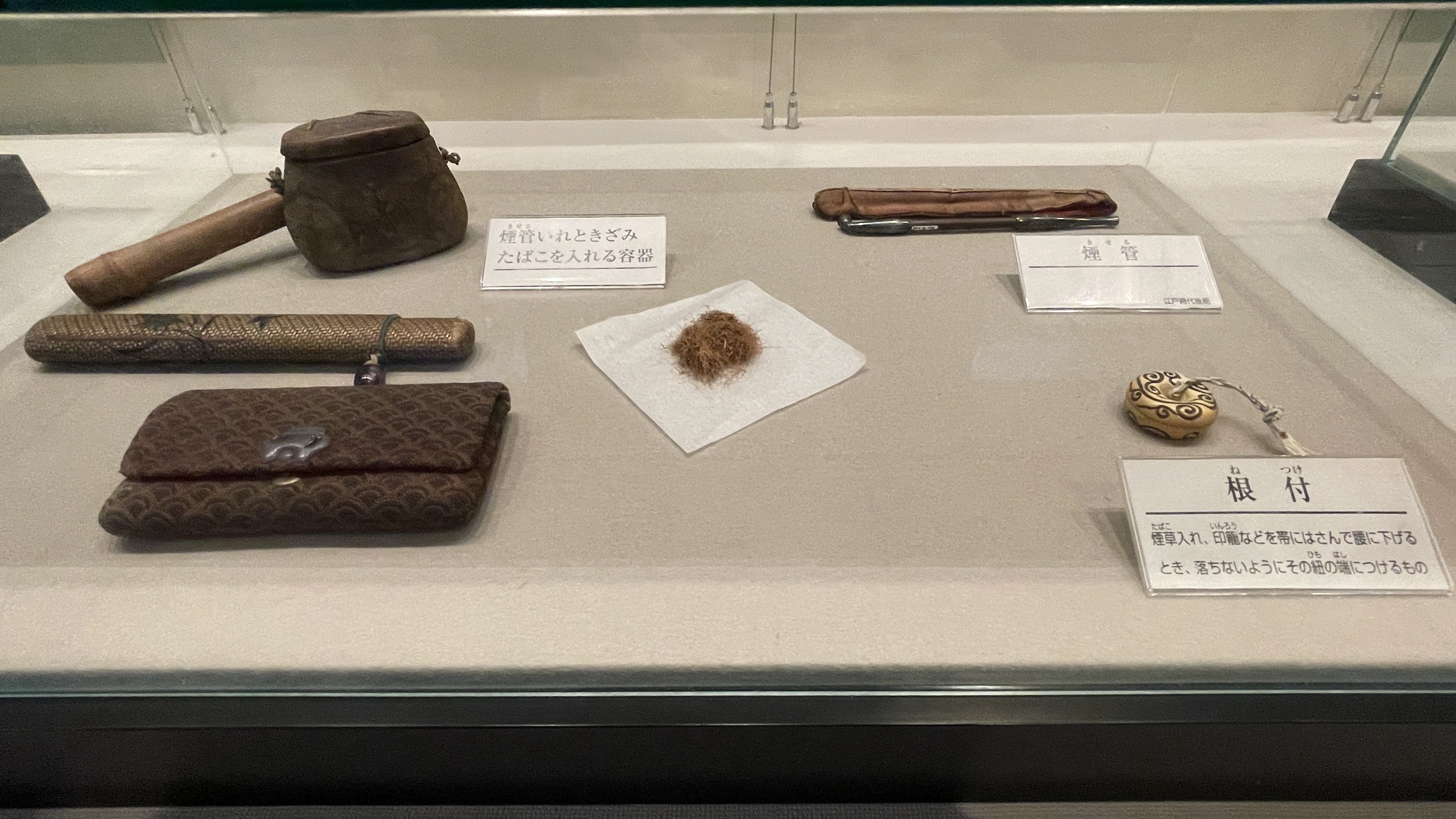memo20-02-05
Knowledge about Japan
About building
Shukuba-machi & Kaido
Shukuba-machi = station town with inns and hotels
Kaido = highway (esp. one existing from the Edo period)
If you want to see the image at full size,
save it and see it.
(Confirmed with google chrome)
Today, several "Shukuba-machi" townscapes remain throughout Japan.
Shukuba-machi is a "station town with inns and hotels" that developed during the Edo period (1603-1868).
The highway connecting Shukuba-machi and Shukuba-machi in those days is called "Kaido".
Shukuba-machi and Kaido are described here.
This commentary uses materials from the "Nagasaki-Kaido Koyase-no-juku Museum" in Kitakyushu City, Fukuoka Prefecture and the "Chikushino City History Museum" in Chikushino City, Fukuoka Prefecture.
Therefore, this is mainly a commentary on Shukuba-machi and Kaido in Kyushu.
【Roads established in ancient Kyushu】
The role of roads established in Japan from the Kofun period (ca. 250 ~) to the Heian period (~1185) was as government roads, which were used to connect government offices in various regions.
In Kyushu, the Dazaifu Government Office was the key agency, and the government roads in each region were concentrated in the Dazaifu Government Office.
Therefore, the government road connecting Kyoto, the center of Japan at that time, and the Dazaifu Government Office was the main road.
The Dazaifu Government Office governed all of Kyushu, and taxes collected from various regions were collected at the Dazaifu Government Office and transported from here to Kyoto, where the central government was located, using government roads.
In addition, government roads were used for official communications and official transportation, and wagon station towns were established every 16 km.

【Tokugawa family rule and the Sankinkotai system】
In 1603 Tokugawa Ieyasu became the leader of Japan.
Later, Tokugawa Iemitsu, grandson of Tokugawa Ieyasu, became the leader, and he established the Sankinkotai system in 1635.
The Sankinkotai system is a system under which the more than 250 Daimyo who govern various parts of Japan visit Edo every two years and return to their own fiefdom after one year.
Furthermore, Daimyo's wife and children (successors only) are to reside permanently in Edo.
This made it difficult for Daimyo in various regions to accumulate funds by paying out of pocket for travel and stay in Edo, thus reducing their military power.
Daimyo's wife and children were then held hostage in Edo, making it difficult for them to revolt against Tokugawa.
Because of this, the 260 years that the Tokugawa family ruled Japan during the Edo period (1603-1868) was a period of peace, free of war, and a time when many different cultures emerged.
With the Sankinkotai system, highways throughout Japan began to be built at once.
At the same time, "station towns with inns and hotels" began to form in various locations.
The figure below shows the location of major roads and "station towns with inns and hotels" in northwestern Kyushu during the Edo period.
At this point, the Dazaifu Government Office is no longer functional.


【Nabeshima Naoakira group in Sankinkotai system】
The figure below shows a group of Nabeshima Naoakira, who ruled Kashima, returning home to their domain, Kashima, after a year in Edo.
This is when the Nabeshima Naoakira left Edo on April 2, 1859, and arrived at Kashima on May 12.




【View of Takanose Station with inns and hotels in the Edo period】
The photo below shows Koyanose station towns with inns and hotels in the Edo period.
This is a diorama reproduced from materials of the time.






【Travel boom that occurred in the Edo period】
Between 1802 and 1814, a book called Tokaidochu-Hizakurige was sold.
The book tells the story of two men, Yajirobe and Kitahachi, who travel from Edo to the Ise Jingu Shrine in present-day Mie Prefecture.
The two get into all sorts of trouble on their journey, and amusingly solve it, and their quest to reach the Ise Jingu Shrine is well received by many people, and Tokaidochu-Hizakurige becomes a huge bestseller.
This led to a travel boom, with people all over Japan making trips to Ise Jingu Shrine.
Here is how the common people travel.
This is a diorama that recreates the way common people travel.


This is a picture of common people traveling.




This is a picture of a "station town with inns and hotels" with common people traveling.







This is a necessary tool for the journey.








#Miyake
#屯倉
#宮家
#御宅
#三家
#官家
#Shukubamachi
#stationtownwithinnsandhotels
#Kaido
#highway
#esp.oneexistingfromtheEdoperiod
#街道
#宿場
#DazaifuGovernmentOffice
#太宰府政庁
#roleofroadsestablished
#官道
#NagasakiKaido
#長崎街道
#Koyasenojuku
#木屋瀬宿
#Koyase
#木屋瀬
#ChikushinoCityHistoryMuseum
#筑紫野市歴史博物館
#TokugawaIeyasu
#徳川家康
#TokugawaIemitsu
#徳川家光
#Sankinkotai
#参勤交代
#Shukuba-machi
#宿場
#
#
#
#